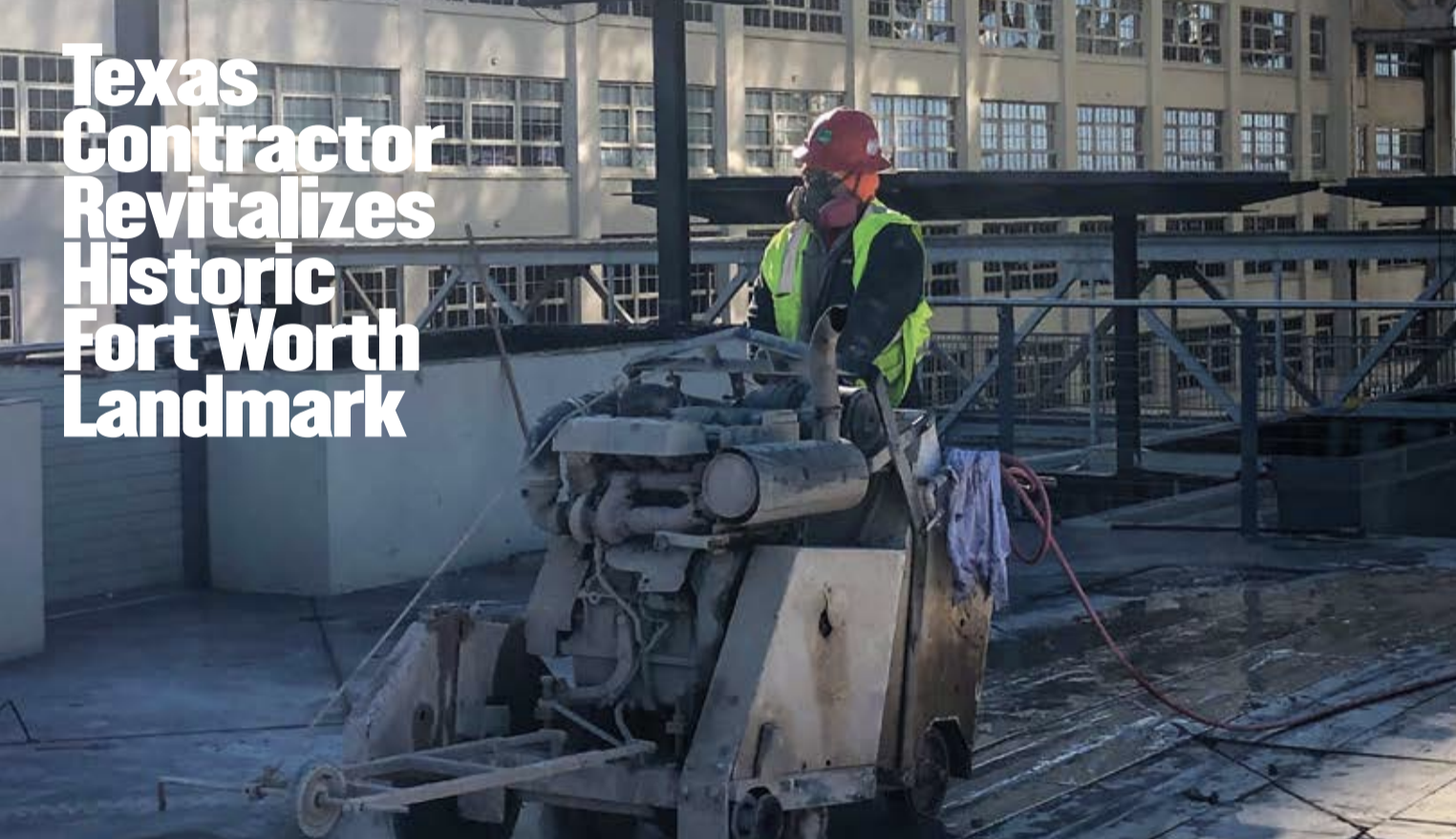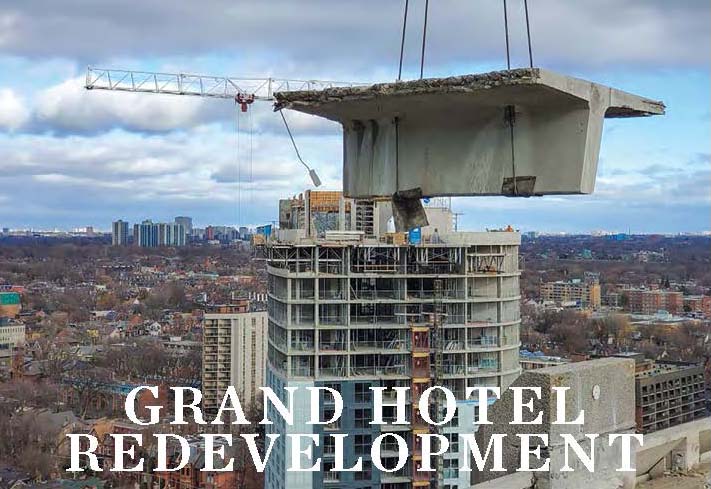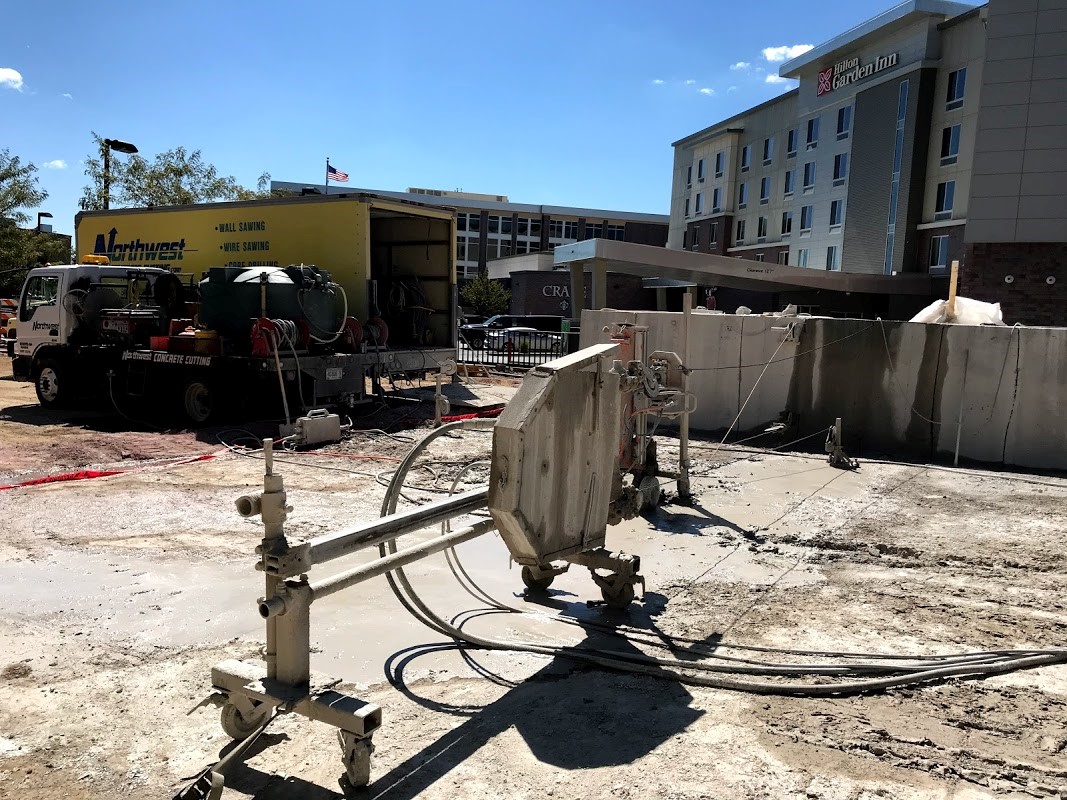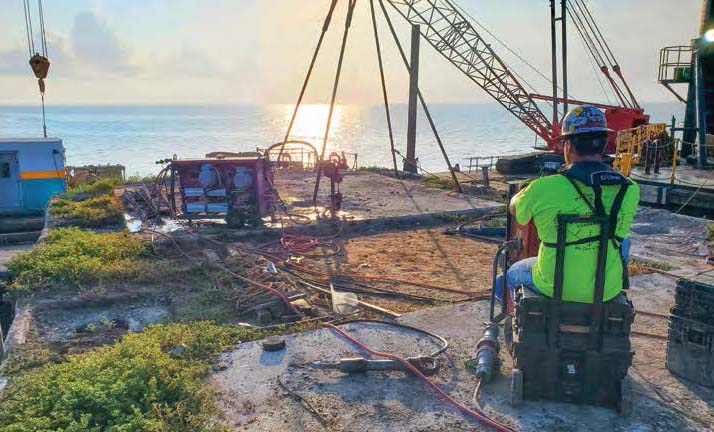
Helipad Under the Radar
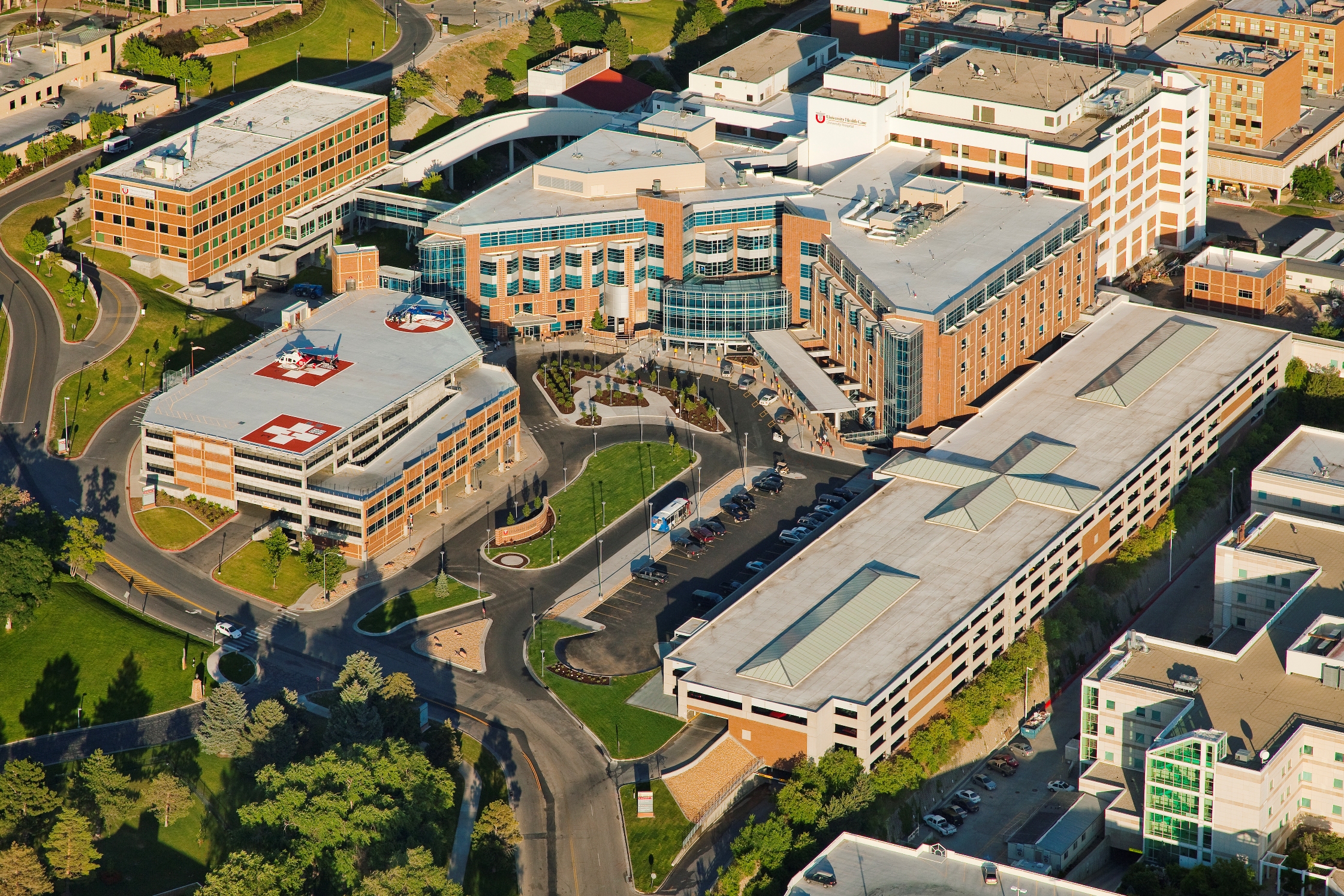
Fast, Accurate GPR Imaging on Hospital Landing Platform
(Photo Courtesy of UtahByAir.com)
When the University of Utah Hospital’s Air Medical Transport Services (AirMed) needed to place anchor brackets to secure a railing next to its helipad stairs, it needed help locating several highly tensioned post-tensioned cables. Had these cables been struck while drilling holes for the anchor brackets, they would have caused significant damage or injury.
AirMed operates 24 hours a day from its main base at the University of Utah Hospital and from satellite bases throughout northern Utah and Wyoming. University personnel contracted the Utah/Idaho/Montana office of CSDA member Ground Penetrating Radar Systems, Inc. (GPRS), based in Toledo, Ohio, to inspect the helipad using ground penetrating radar (GPR) equipment operated by an experienced technician.

The technician scanned the helipad with GPR equipment.
To locate the reinforcement, the GPR imaging contractor used a 1600 megahertz antenna and marked findings directly on the concrete for easy interpretation. GPR emits no radiation and is safe for others to work around the area near the scan location, making it ideal for the work at what was an active and extremely busy helipad site.
Adam Kubicki, the GPRS regional manager for the Utah/Idaho/Montana office, had a chance to get up close and personal with the AirMed mission when scanning the helipad.
He says, “The helicopter crew came out when I was scanning. They were extremely interested in what I was doing and appreciative of how we were making their facility as safe as possible. After I showed them how the equipment worked, they let me jump in the helicopter’s pilot seat. It was one of the most amazing experiences I have ever had on the job and I was proud to play even a small role in helping them with their mission.”
Kubicki’s GPR system included an antenna, a power supply and a control unit with electronics that triggered the pulse of radar energy the antenna sends into the subsurface. The antenna received the electrical pulse produced by the control unit, amplified it and transmitted it into the helipad at a set frequency. Antenna frequency is one major factor in depth penetration. The higher the frequency of the antenna, the shallower into the ground it will penetrate, but the finer the resulting resolution.
The GPR equipment sent its pulse of radar energy into the concrete. Subsurface variations, including rebar, post-tensioned cables, pipes (both metallic and non-metallic), wire and voids caused the signal to bounce back. For this particular job, the technician scanned an area of the helipad measuring 10 feet by 2 feet to a depth of 8 inches. It took less than one hour to cover the specified area with the antenna. The technician made a pass every 6 inches, moving the antenna north to south and east to west until the specified are had been covered.

Correctly identifying the position of post-tensioned cables beneath the helipad would avoid accidents while drilling anchor holes.
Results from the GPR imaging indicated the presence of several post-tensioned cables within the planned drilling area. Based on the data provided, Kubicki was able to accurately mark the locations of the cables on the helipad with colored spray paint.
The strength and time required for the return of the reflected signals was recorded on a computer integrated into the system before the data was compiled and submitted to the client. The data collected was carefully analyzed to make specific recommendations about embedded/buried obstructions and voids that would have had an effect on the anchor drilling for the new railing. In this case, GPRS was able to identify to the University of Utah Hospital that post-tensioned cables were below the concrete surface within the planned anchor installation area. The markings made by GPRS, Inc. gave the railing installation contractor a visual of what was below the helipad so that the drilling of the anchor installation holes could be completed without incident.
With help from this CSDA member, the University of Utah Hospital was able to safely secure the railing by the helipad without incident. The correct identification of hidden objects and hazards is often critical to the success of many projects were sawing, drilling or other excavation and demolition methods are required. The speed and accuracy with which skilled GPR technicians can scan an area can prove extremely beneficial and cost effective.
Company Profile
Ground Penetrating Radar Systems, Inc. (GPRS) was established in 2001 and has been a CSDA member for three years. The company is based in Toledo, Ohio with branch locations in every major city across the U.S. GPRS, Inc. currently has 85 trucks, over 100 technicians and offers the non-destructive testing services of ground penetrating radar and utility scanning.
Resources
Customer:
University of Utah Hospital
GPR Imaging Contractor:
GPRS, Inc.
Toledo, Ohio
Phone: 419-843-9804
Email: matthew.dragon@gp-radar.com
Website: www.gp-radar.com
Methods Used: GPR Imaging











